Sunspot unleashes M-Class Solar Flares; Big crack found in Earth's magnetic field
A new Sunspot has popped up on the solar surface which is hurling out dangerous M-Class solar flares.
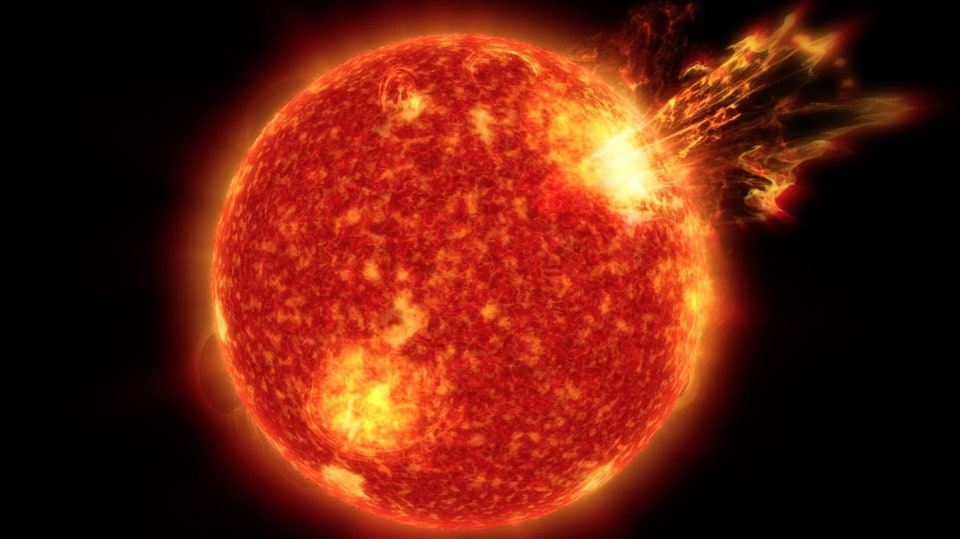
_1650614444757_1650614518141.png)
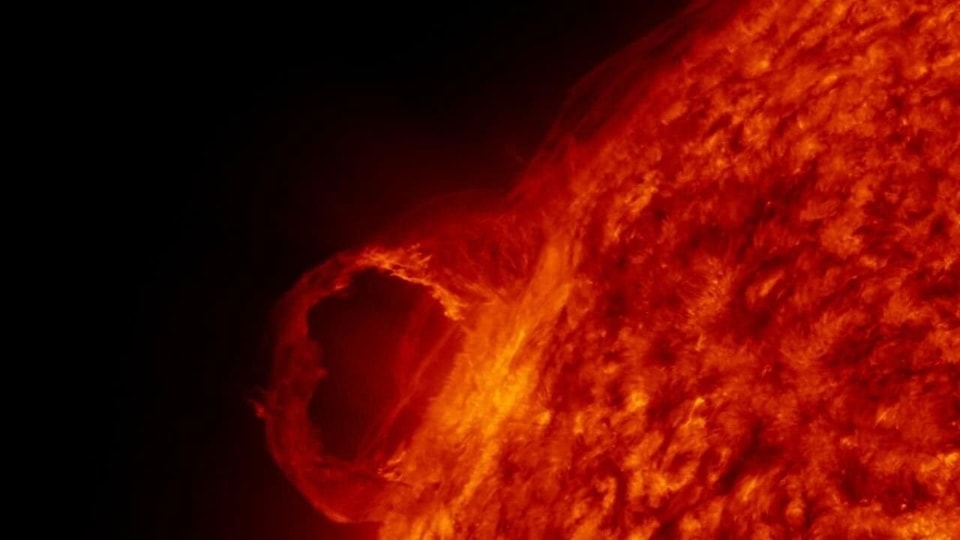
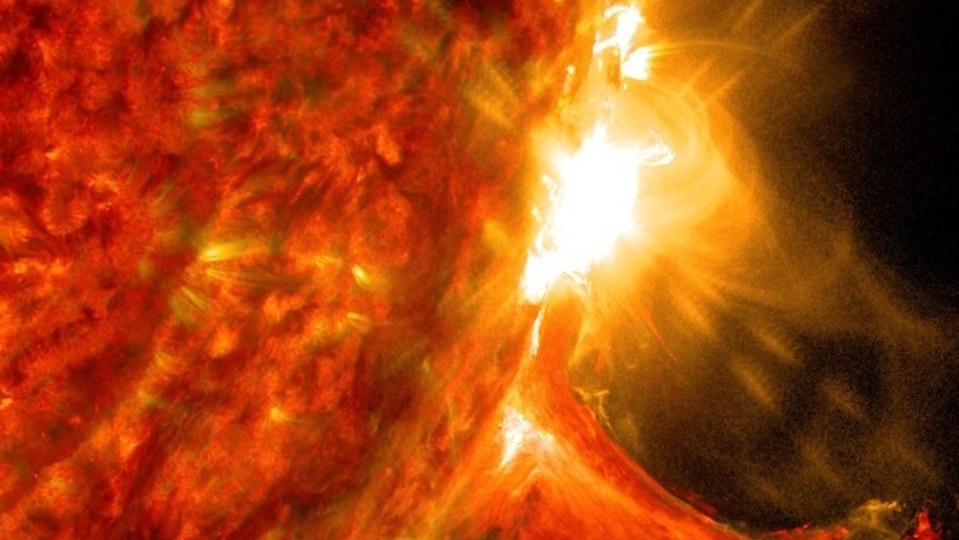

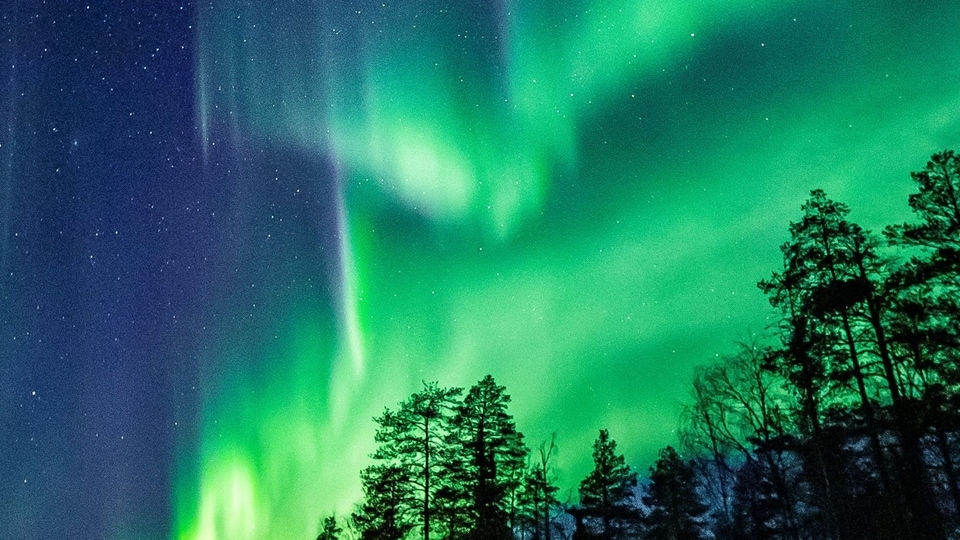
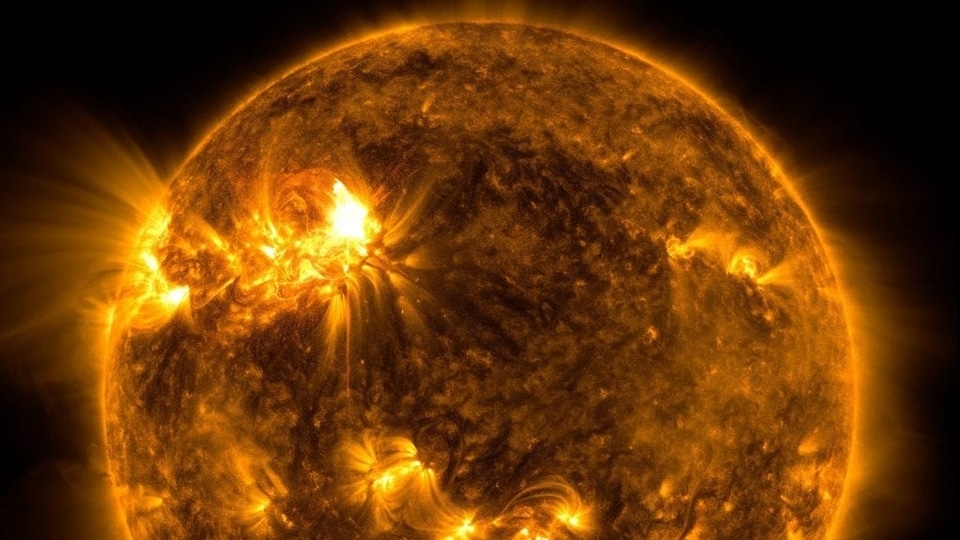
 View all Images
View all ImagesThe Sun has become quite violent due to its Solar Cycle 29. Therefore, Earth is in for a rough ride until then. Just days after volatile solar activity caused radio blackouts over North and South America due to an unstable Sunspot, NASA Solar Dynamics Observatory (SDO) has observed another new Sunspot which is hurling out dangerous M-Class Solar Flares, as reported by spaceweather.com.
According to the report, a new Sunspot on the solar surface has been observed. The Sunspot, called AR3242 is hurling out dangerous M-Class Solar Flares. M-class flares are medium-sized flares, but they can cause brief radio blackouts.
The new Sunspot was observed by David Leong in Singapore who pointed the telescope at the solar surface and saw an explosion. Leong told spaceweather.com, “AR3242 was already flaring when I started shooting at 5:11 UT. The unusually dark filaments kept changing shape minute by minute on my computer screen. It was an hour of wonder and excitement.”
This is particularly dangerous as Sunspot AR3242 is slowly turning and facing Earth.
Crack in Earth's Magnetic Field
Although most solar activity erupting from the Sun is shielded by Earth's magnetic field, scientists have observed a crack in that field which could allow dangerous solar winds to pass through. This crack is likely due to a vernal equinox effect called the Russell-McPherron effect, which is less than two weeks away.
During the Vernal Equinox, the Sun is directly above the equator, causing the day and night to be of the same duration. As a side effect, there is semiannual variation in the effective southward component of the interplanetary field. Cracks form in the Earth's magnetic field which could allow even weak solar winds to seep through.
Catch all the Latest Tech News, Mobile News, Laptop News, Gaming news, Wearables News , How To News, also keep up with us on Whatsapp channel,Twitter, Facebook, Google News, and Instagram. For our latest videos, subscribe to our YouTube channel.


























